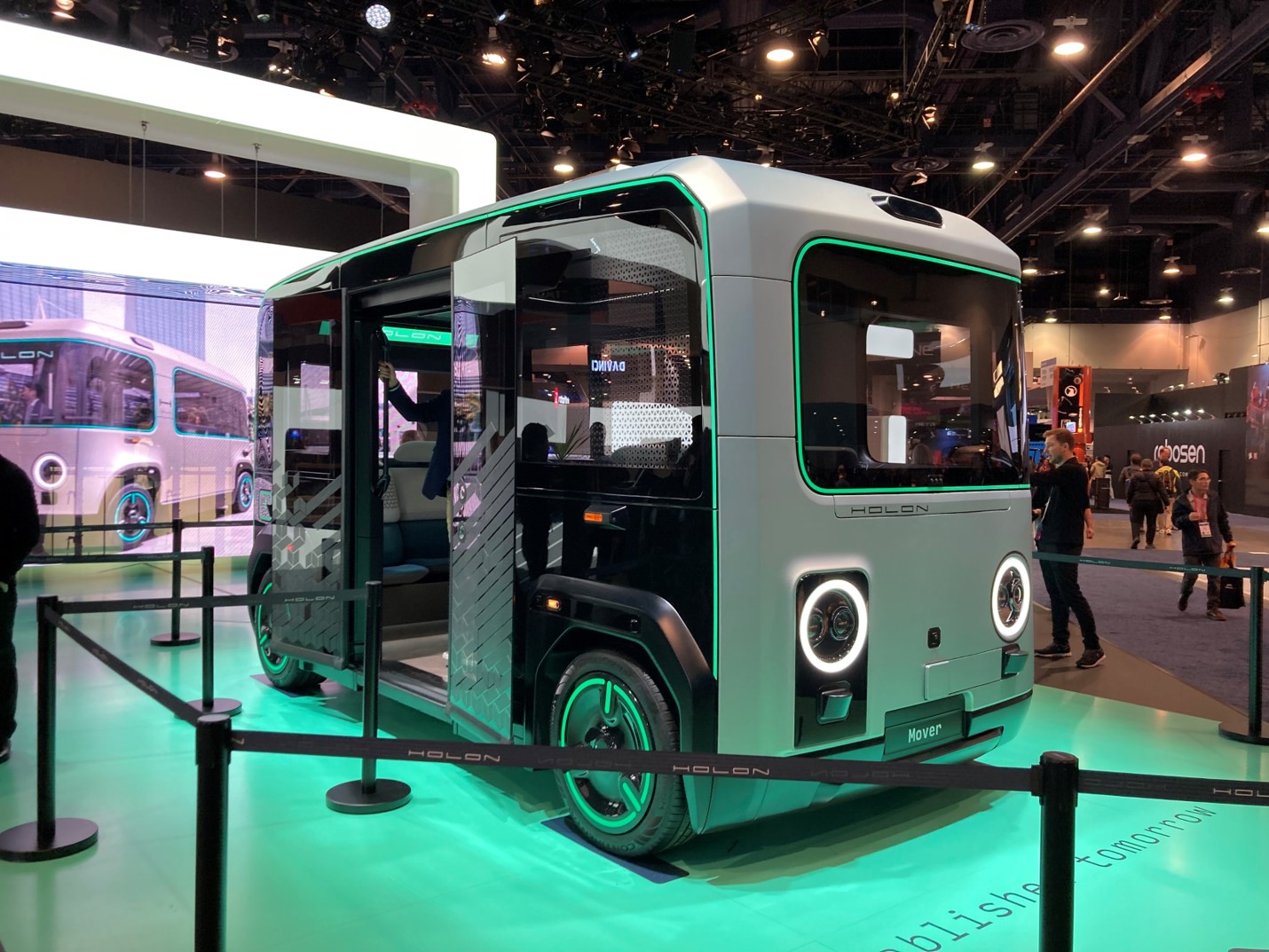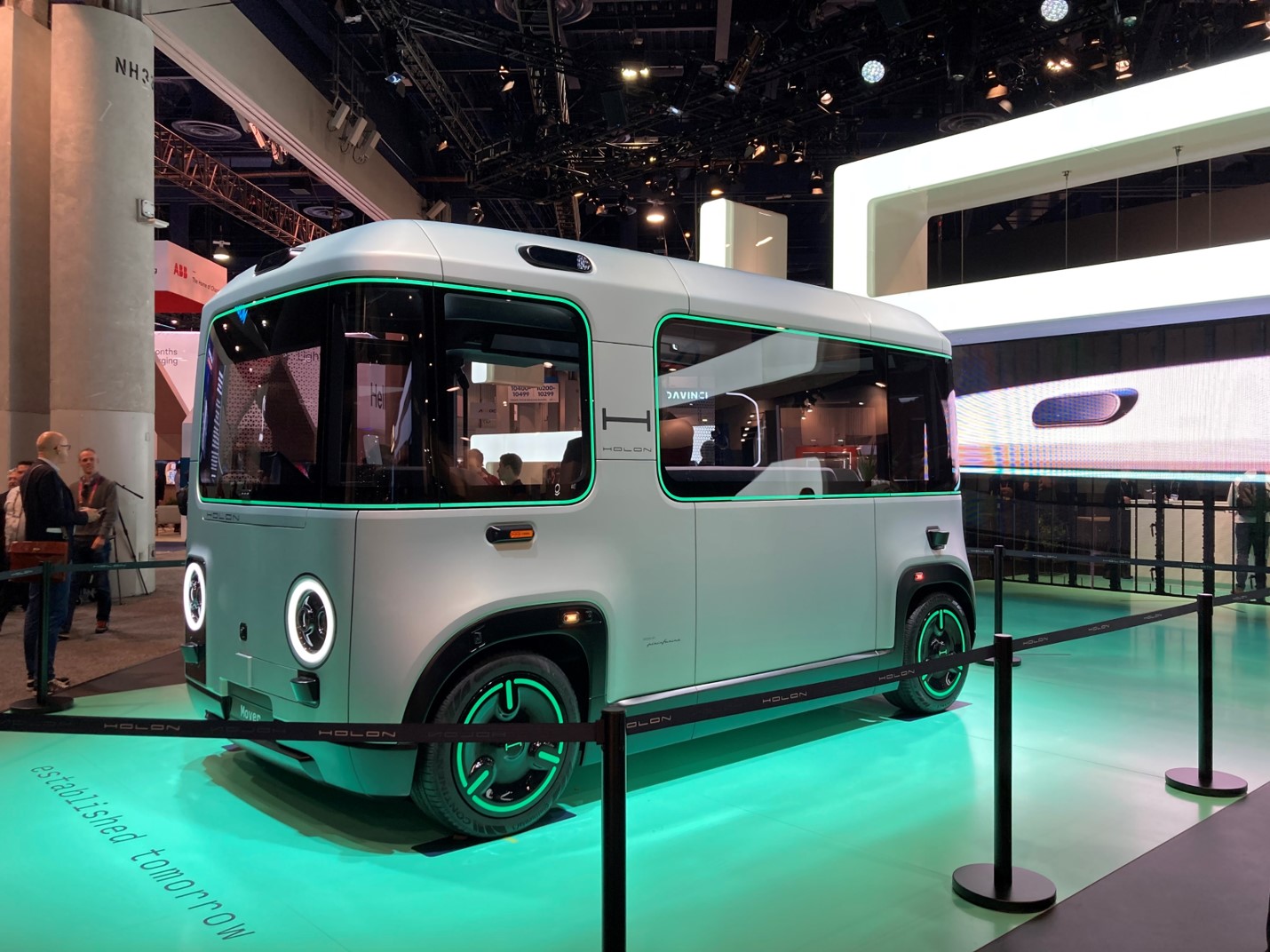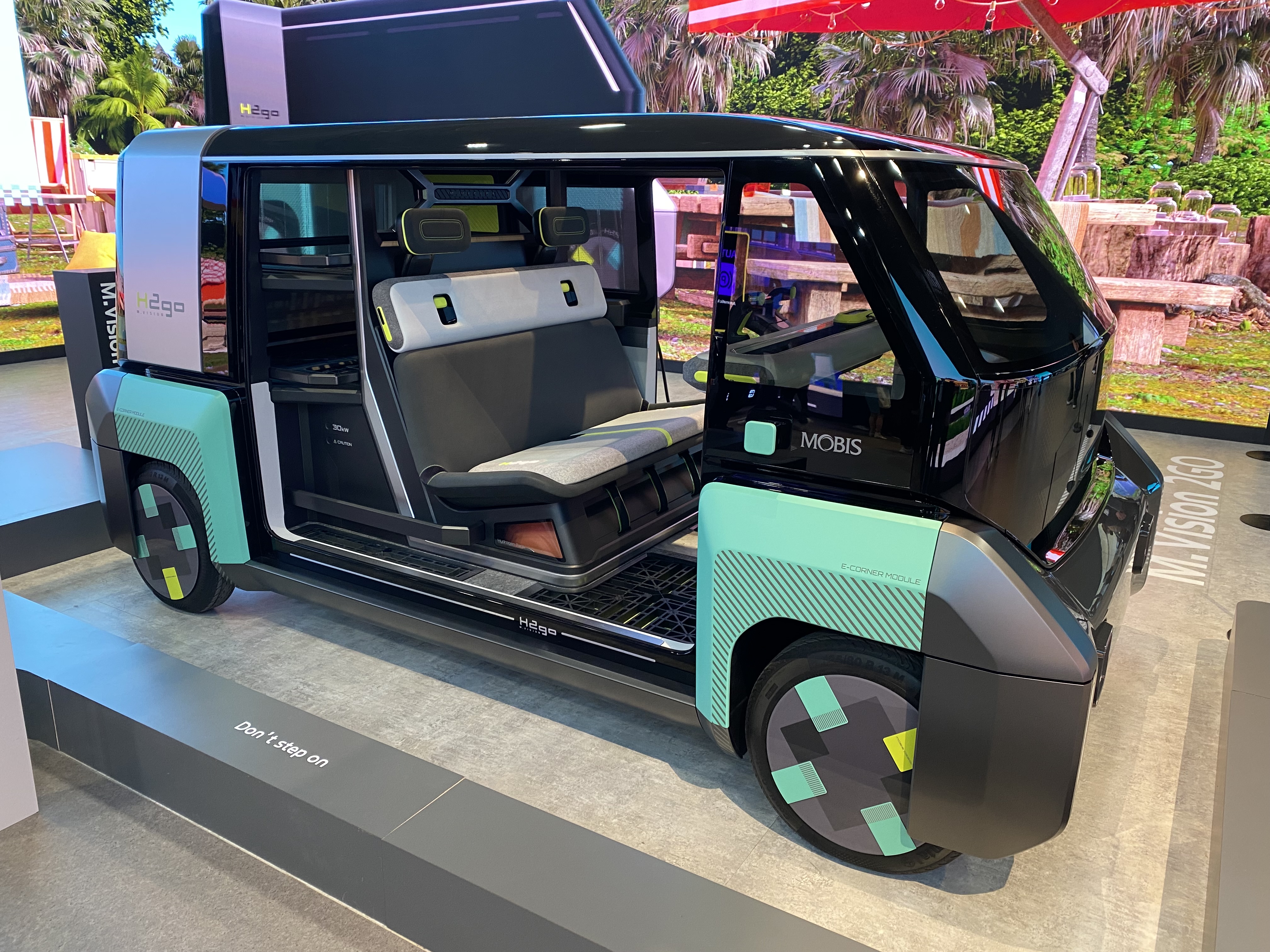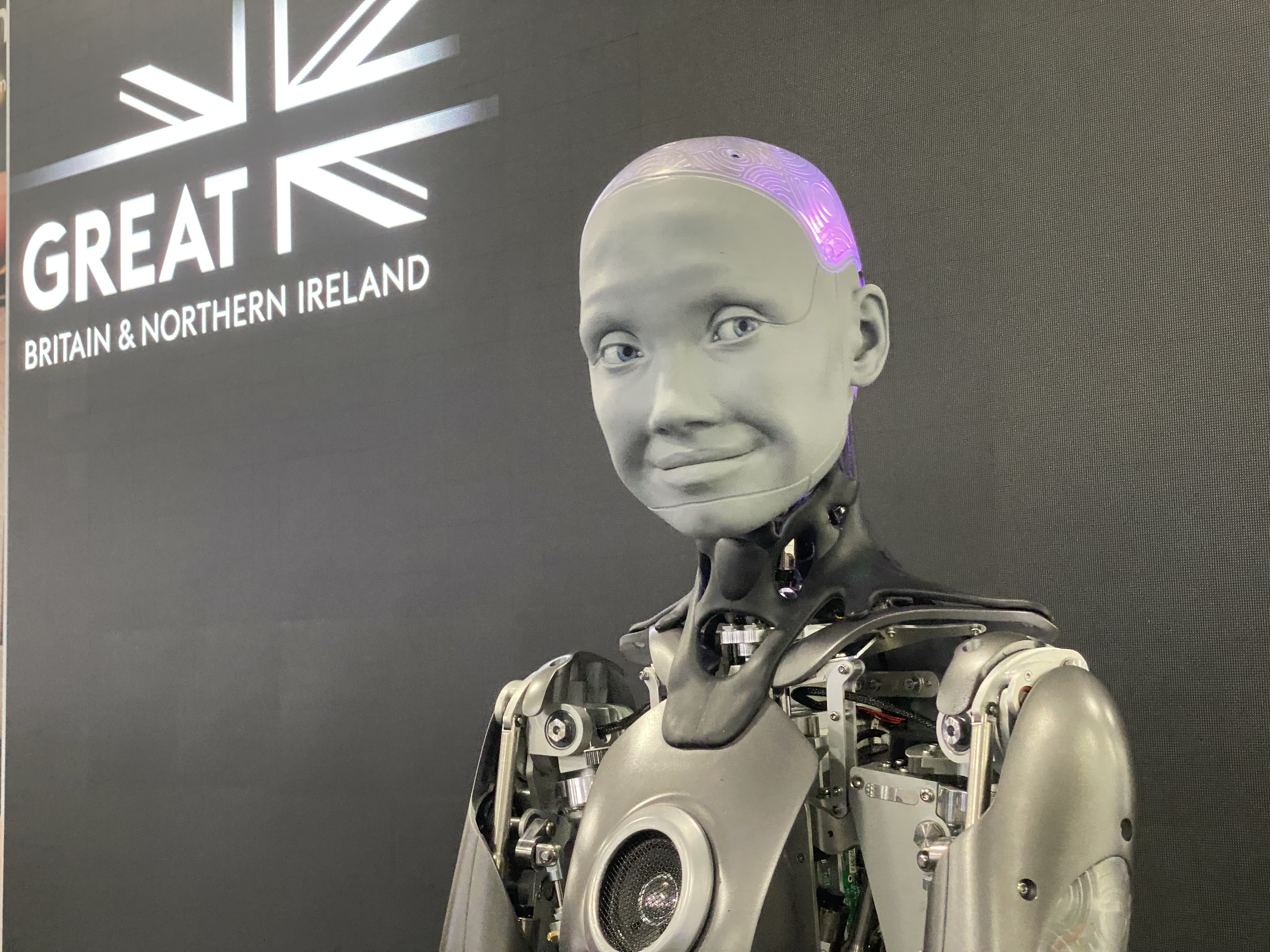News & Insights
Mobility, security and more: the top innovations at CES 2023
After a lackluster post-pandemic edition in 2022 (only 40,000 participants), the world’s biggest tech expo, CES, returned to Las Vegas with renewed momentum in 2023: 115,000 attendees, 140 nationalities and a slew of exciting innovations. Keolis representatives were on the ground at CES to assess the latest trends, notably in terms of mobility and autonomous vehicles. For the Group, this type of event aligns perfectly with its Open Innovation approach and provides a chance to sharpen its view of market trends, all while meeting with innovative partners.

In 2023, CES cruises back to full speed
While it couldn’t top the 2020 record of 171,000 attendees, this edition’s success proved that Covid is no longer casting its shadow over Las Vegas. In a comeback year, the festival of new technologies once again attracted a massive audience and a wide variety of exhibitors. Of note at this year’s event was China’s relative absence, in contrast to the large delegations of startups from South Korea and France. Just like every year, a host of unique gadgets paired with spectacular innovations: LG notably dazzled audiences with its new wireless OLED TV. Overall, four major themes stood out at this edition of CES: digital health, inclusivity, personal services and mobility.
Inclusion for all: the top trend at CES 2023
The slogan of CES 2023 was "Human Security For All". Many startups took the cue to showcase personal services, while the expo also revealed one noteworthy trend: the arrival of concrete solutions for overcoming disabilities, such as assisted mobility for the visually impaired, as well as smart and autonomous wheelchairs. Digital health and security also emerged as two major topics at the event. Several innovations on display leveraged a combination of artificial intelligence and sensors, which are particularly effective in driver assistance and personal protection systems, such as frontal impact detectors and anticollision radars for pedestrians, cyclists and other drivers.

The autonomous minibus presented at CES 2023 by Holon (Benteler and the startup Mobileye) and parts manufacturer ZF (with Oxbotica).
New mobilities shine at CES 2023: autonomous vehicles pick up speed
Major projects aiming to get autonomous vehicles on the road were largely stalled by the global health crisis. In 2022, concerns about the industry’s scale-up continued to put the brakes on the development of this innovative mobility. However, CES 2023 breathed new life into autonomous vehicles, especially with the robot taxi. Though the first models roaming the streets of Las Vegas during CES still included an operator, the fourth generation of autonomous taxis (with no driver area) are already poised to hit the market: Zeekr (Waymo/Google), Zoox & Motional presented models marked by their ultra-futuristic design. As for shared mobilities, Holon (Benteler and the startup Mobileye) and parts manufacturer ZF (with Oxbotica) exhibited their autonomous minibus. Several autonomous vehicles have also been designed for industry (autonomous mining trucks and semi-trucks) and agriculture (tractors).

Driverless shuttles in Oslo
Since 2019, the Norwegian public transit authority Ruter and the Danish operator Holo have tested out an autonomous shared mobility solution in the Oslo area. These autonomous transit tests have resulted from collaboration between Ruter, Holo, the city of Oslo and the Norwegian public roads administration. This year, in connection with the European research project “ULTIMO”, the consortium will launch a pilot project in the capital with a fleet of 15 vehicles, aiming to test how an autonomous vehicle service can complement the region’s existing public transit.
A look back at CES 2022:

An in-person discovery of global mobility trends
Following the all-digital CES in 2021, the 2022 show reopened its doors to some 40,000 participants, including 30% international visitors, 30% regulars and 2,300 exhibitors. Despite a smaller attendance than the 2021 edition (which welcomed 172,000 visitors), the event restored the in-person experience and gave visitors a sneak peek at many different innovations. Alongside other major transportation players, Keolis explored all the latest technology innovations and new uses in mobility.
Passenger experience, AI, safety: innovations carve out their niche
CES 2022 revealed a significant acceleration of the mobility trends observed during the previous editions of the show. First, a quality user experience is the watchword in every sector: especially in urban mobility, vehicles are becoming new sites of socialization, prioritizing comfort and entertainment before, during and after the mobility experience.

Artificial intelligence also rose to the forefront of the scene: including voice and visual analysis, cybersecurity and threat detection to boost the security of transportation. In the robotics field, AMECA, the world’s most realistic smart humanoid, shocked everyone in attendance: its ability to reproduce human facial expressions is perfectly suited to keeping its human counterparts engaged and entertained. Originally intended for fairs and theme parks, its scope of use may be extended to support customer relationships.

Finally, this edition of CES showcased significant advances in driver assistance solutions, which have become more efficient and less costly. This is notably the case with LiDAR sensors, which became an object of stiff competition for innovation at the show. These laser radar systems offer detection and perception features that can improve the safety of advanced driver assistance systems (ADAS). These cutting-edge laser radars, notably seen as essential sensors for autonomous vehicles, are especially interesting for Keolis, which is one of the leaders in the autonomous vehicle market with more than 94,000 kilometers traveled by autonomous vehicles across 35 sites around the world by the end of 2019. LiDAR sensors are expected to play a major role in improving the efficiency of smart transportation and user protection systems, including speed monitoring and control, vehicle profiling and navigating crosswalks.
40,000
participants
30%
international visitors
30%
regulars
2,300
exhibitors
